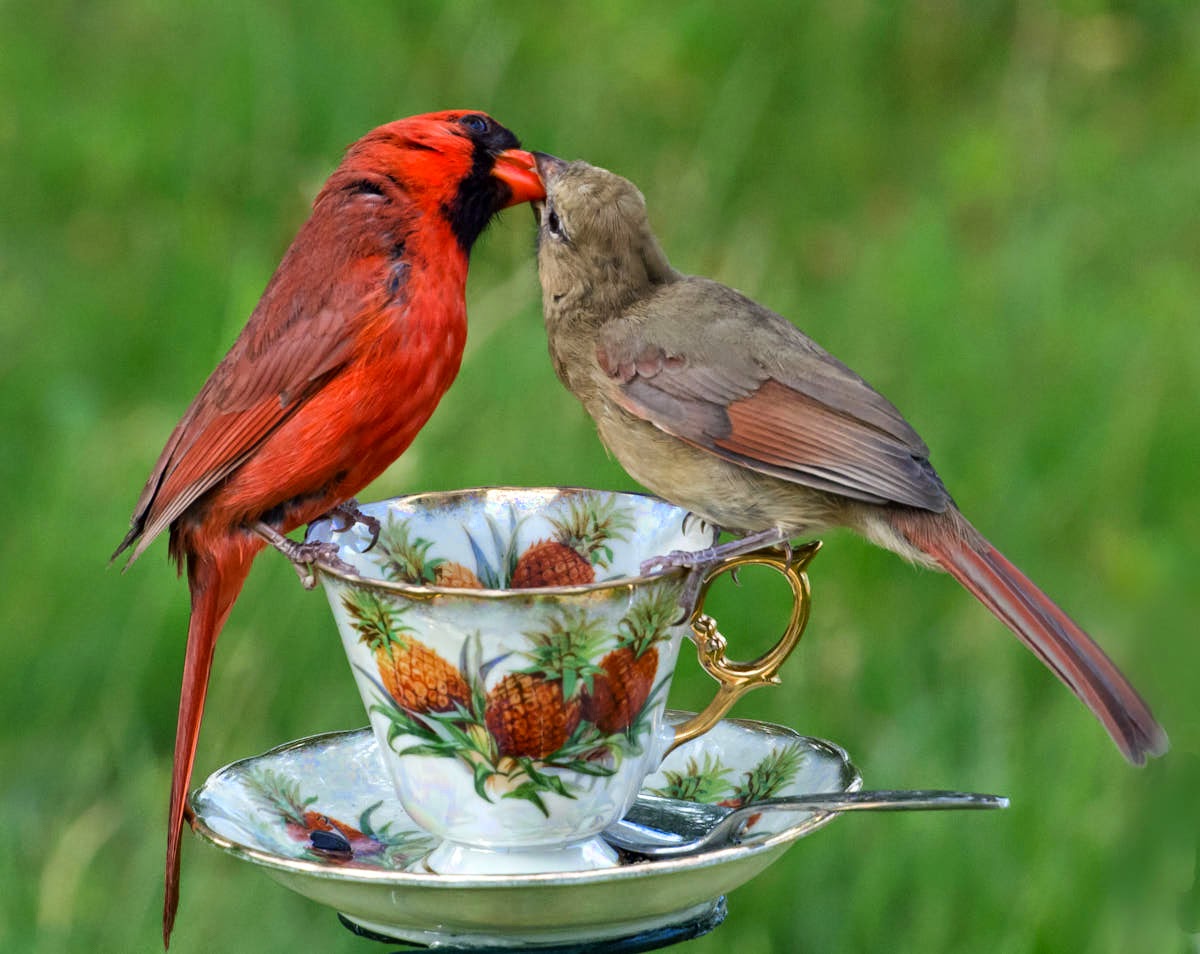Jabiru - Żabiru amerykański
Brazil, Pantanal, 2013
Description
Habitat
The Black-necked Stork inhabits wetlands, such as floodplains of rivers with large shallow swamps and pools, and deeper permanent bodies of water. Occasionally individuals will stray into open grass, woodland areas or flooded paddocks in search of food.
Voice
Diet
Reproduction
The nest of sticks is built by both parents around August–September on tall trees, and enlarged at each succeeding season growing to several meters in diameter. Nests are often deeper than they are wide, they can be up to 1 m (3.3 ft.) wide and 1.8 m (5.9 ft.) deep. Half a dozen nests may be built in close proximity, sometimes among nests of herons and other birds. The parents take turns incubating the clutch of two to five white eggs and are known to more territorial than usual against other jabirus during the brooding period. Raccoons and other storks (including their own species) are occasion predators of jabiru eggs, but most nest predators appear to avoid these huge-billed birds and there are no known predators of healthy adult jabirus. Although the young fledge around 110 days old, they often spend around another 3 months in the care of their parents. Because of this long length of time spent brooding, pairs have difficulty breeding in successive years. Less than half of active pairs in one season are active the next season. Only 25% of successful pairs are successful the next season. The lifespan average is 36 years.
Did you know?
The name of the Jaribu comes from the Tupi-Guarani language and means "swollen neck".
A nickname for the Jabiru is "Garzon Soldier".
Story from Australia where Jabiru was widespread :
Long time ago Jabiru and Brolga were sisters and like all sisters they fought. When their cousin the Emu tried to get in between a fight one day she got hurt and her blood made the head of the brolga red and the neck of the Jabiru likewise.
Photos by others
Did you know?
The name of the Jaribu comes from the Tupi-Guarani language and means "swollen neck".
A nickname for the Jabiru is "Garzon Soldier".
Story from Australia where Jabiru was widespread :
Long time ago Jabiru and Brolga were sisters and like all sisters they fought. When their cousin the Emu tried to get in between a fight one day she got hurt and her blood made the head of the brolga red and the neck of the Jabiru likewise.
Photos by others
Donald and Esther's Travels
safaritalk.net
Credits
Wikipedia



















w.jpg)
w.jpg)
w.jpg)
w.jpg)
w.jpg)































